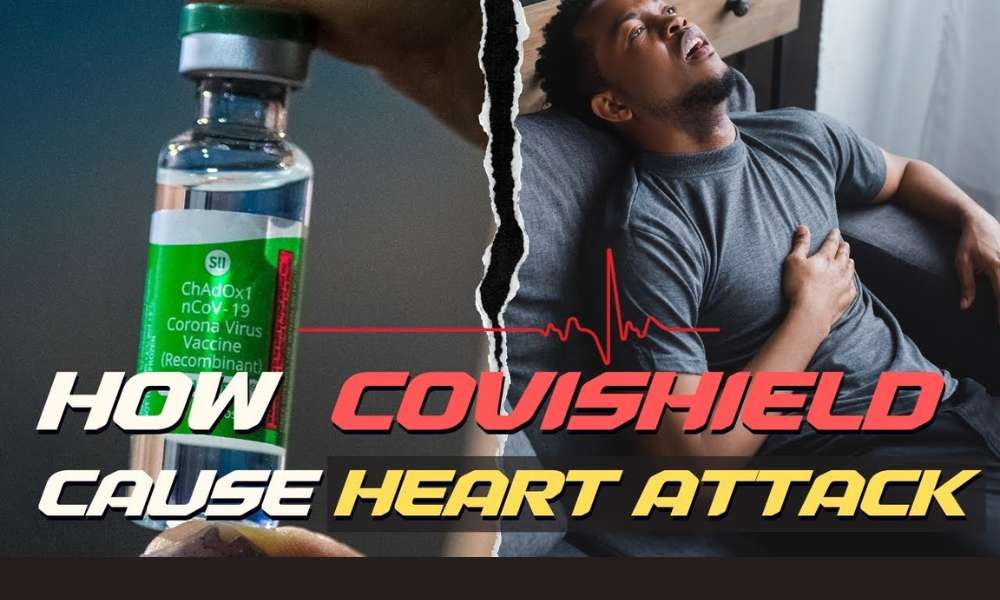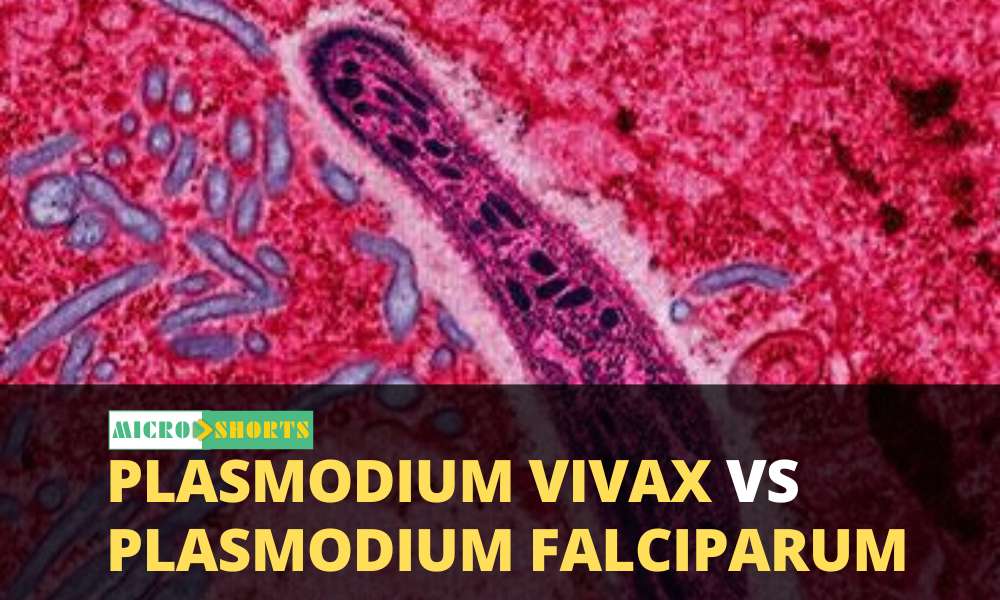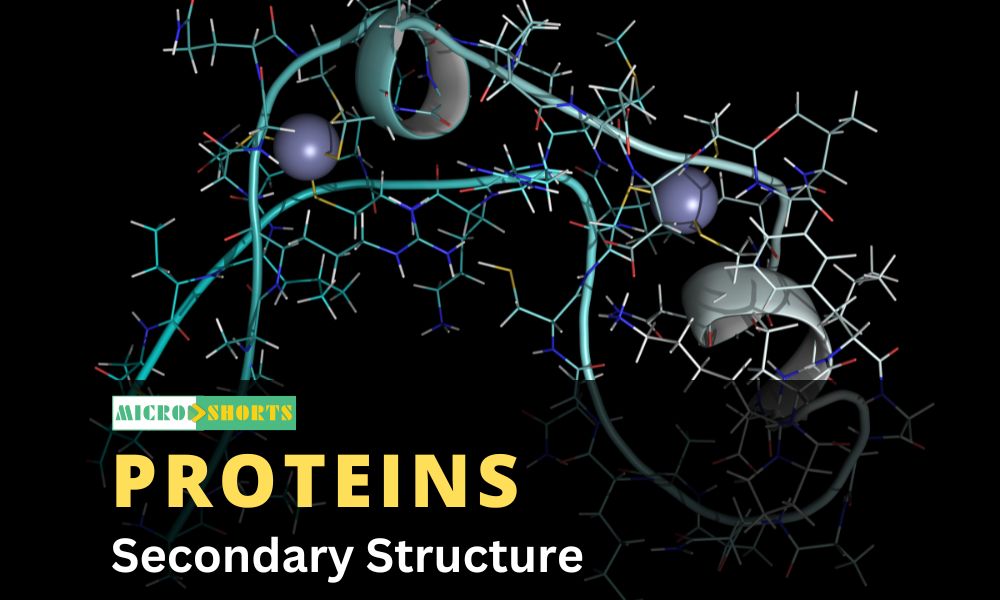Introduction
- SARS-CoV-2 pandemic is one of the most critical pandemics during human civilization. Several therapeutic strategies for COVID-19 management have been offered; nonetheless, none of them seems to be sufficiently beneficial.
- In effect, vaccines have been proffered as a viable option
Covishield Vaccine
- Covishield. The SII developed Covishield vaccine using a
viral vector platform instead of mRNA technology.
- Covishield is a COVID-19 vaccine developed by AstraZeneca in
collaboration with the University of Oxford. It is a viral vector vaccine,
which means it uses a harmless adenovirus, a common cold virus found in
chimpanzees.
- The Covishield vaccine uses a modern chimpanzee adenovirus-- ChAdOx1-- to transport the COVID-10 spike protein into human cells.
- While this
virus cannot infect the recipient of the vaccine, it can effectively teach the
immune system to of the recipient to defend itself against similar viruses.
- Once the vaccine is administered, the adenovirus vector
enters human cells and instructs them to produce the spike protein. This
triggers an immune response in the body, leading to the production of
antibodies against the spike protein. In case the vaccinated individual
encounters the actual SARS-CoV-2 virus, their immune system is primed to
recognize and fight it off.
Overview of Thrombosis with Thrombocytopenia Syndrome (TTS)
Thrombosis
- Formation of blood clots within blood vessels. These clots
can obstruct blood flow, potentially leading to serious health
- Two main types of thrombosis:
- Arterial Thrombosis: Arterial thrombosis occurs when a blood
clot forms in an artery, the blood vessels responsible for carrying oxygen-rich
blood from the heart to the rest of the body. Arterial thrombosis can lead to
conditions such as heart attacks, strokes
- Venous Thrombosis: Venous thrombosis occurs when a blood
clot forms in a vein, the blood vessels responsible for returning blood to the
heart.
Thrombocytopenia
Thrombocytopenia is lower than normal number of platelets in
the blood. Platelets, are small cell fragments produced in the bone marrow that
play a crucial role in blood clotting.
Mechanism
COVID-19 vaccines, such as the AstraZeneca’s Covishield.
It’s also known as Vaccine-induced Immune Thrombotic Thrombocytopenic Purpura
(VITTP) - VITT is characterized by the development of blood clots (thrombosis)
and a low platelet count (thrombocytopenia) after receiving the vaccine
Mechanism of VITT
The pathogenic mechanism of VITT, which the German
Greifswald Company recently explained by Andreas Greinacher, is similar to
heparin-induced thrombocytopenia (HIT). In this complication, IgG-type
antibodies cause a pro-thrombotic condition that detects multimolecular
complexes between the cationic platelet factor 4 and the anionic heparin and
trigger platelet activation via the FcRIIA receptor.
Covishield immune response. In some individuals, the vaccine may trigger the immune system to produce antibodies that activate platelets, which are small blood cells that help the body form clots to stop bleeding. When platelets are activated, they can form clots and cause thrombosis. At the same time, because platelets are being used to form these clots, it can lead to a decrease in the overall number of platelets in the blood, resulting in thrombocytopenia.
Immune Response Hypothesis
- Adenovirus vectors are a type of viral vector used in
vaccines, including some COVID-19 vaccines. They work by carrying a piece of
genetic material from the virus that causes COVID-19 into cells in the body,
which then produce a protein that triggers an immune response12.
- Here’s a step-by-step description of how the adenovirus
vector activates the immune system:
- Introduction of the Vector: The adenovirus vector,
containing the spike protein gene of the SARS-CoV-2 virus, is introduced into
the body through the vaccine12.
- Infection of Cells: The adenovirus vector infects cells
(including Antigen Presenting Cells, or APCs) in the body3. It does not cause
disease because it’s been modified to prevent it from replicating12.
- Production of Spike Protein: The vector delivers the spike
protein gene into the cells, which then use this gene to produce the spike
protein12.
- Activation of the Immune System: The presence of the spike
protein triggers an immune response. This includes the production of antibodies
that can recognize and neutralize the spike protein, as well as the activation
of T cells12.
- Immune Memory: The immune system remembers this response. If
the person is later exposed to the SARS-CoV-2 virus, the immune system can
quickly produce antibodies and activate T cells to fight the virus12.
Platelet Activation and Clot Formation
- Platelets, play a crucial role in blood clotting and
preventing excessive bleeding. Here’s how they work:
- Injury Occurs: When a blood vessel is injured, it sends out
signals to the platelets1.
- Platelet Activation: In response to these signals, platelets
rush to the site of the damage1.
- Clot Formation: The platelets cluster together at the site
of the wound, acting as a plug2. This process is known as clotting2.
- Sealing the Wound: The clot effectively seals the blood
vessels, preventing excess blood from leaving the body2.
- The Covishield vaccine, developed by AstraZeneca and
manufactured by the Serum Institute of India, has been associated with a rare
condition known as Thrombosis with Thrombocytopenia Syndrome (TTS).
Here’s how it works:
- Immune Response: After the Covishield vaccine is
administered, it triggers an immune response in the body4.
- Platelet Attack: The immune system produces antibodies that
mistakenly attach to platelets, marking them for destruction123.
- Platelet Activation and Aggregation: The attacked platelets
become activated and start to aggregate, or clump together123.
- Blood Clot Formation: The aggregation of activated platelets
can lead to the formation of blood clots123.
- These clots can form in unusual places in the body and have
the potential to obstruct blood flow, resulting in life-threatening side
effects like a heart attack, stroke, or pulmonary embolism.
Role of PF4 Antibodies:
- Introduce Platelet Factor 4 (PF4) antibodies, which are part
of the immune response.
- Platelet Factor 4 (PF4) is a chemokine that plays a
significant role in blood coagulation and is involved in both innate and
adaptive immunity1. In the context of Thrombosis with Thrombocytopenia Syndrome
(TTS) associated with the Covishield vaccine,
- It also has been the most controversial COVID-19 vaccine due
to the diverse reports of thrombosis following its administration [50]. The
thrombotic events after Vaxzevria vaccination was reported in many countries
including Germany, Austria, and Norway









Comments